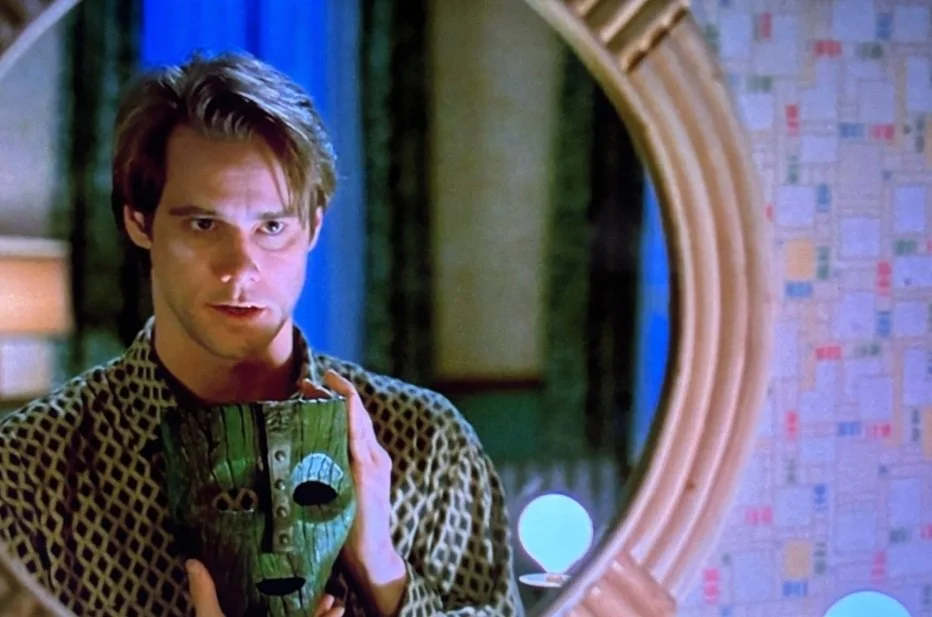Joanne (OliveMe Counseling) and Melinda (Inviterra Counseling) are Enneagram therapists who love helping people grow beyond their reactive patterns of thinking, feeling, and doing. Listen to part 4 of their 4-part series as they discuss the Head Triad and their central emotion of fear.
The Emotional Habits of Enneagram Types (Part 1: Introduction)
Joanne (OliveMe Counseling) and Melinda (Inviterra Counseling) are Enneagram therapists who love helping people grow beyond their reactive patterns of thinking, feeling, and doing. Listen to the introduction of their 4-part series as they discuss emotions, the Enneagram, the three Centers of Intelligence and dominant instincts.
How to Do Brainspotting on Yourself (Gazespotting)
How to Set Boundaries over the Holidays
Two Quick Tips to Be Assertive
Concentric Circles of Connection
Therapy with Ibi - Anxiety, Insomnia, Relationships
Moving on from Toxic Relationships
Enneagram Type Six: What It's Like
Enneagram Type Nine: What It's Like
Enneagram Type Nines (Type 9s) are other-centered people who seek comfort and focus on pleasing others, aiming to ease conflict in their lives. This tendency can lead Nines to fall out of touch with their own emotions, especially with anger. Read about what it’s like being a Type Nine from therapist Lorren Penner.
Nervous System Health: Stuck On & Stuck Off
When traumatic events throw healthy nervous systems off track, we can get into “stuck on” and “stuck off” modes, making it hard to balance between relaxed and alert. When we’re stuck in these modes, we fall back to our habitual reactive patterns. This post can help you determine if your nervous system is stuck “on” or “off.”
Who is the Highly Sensitive Person (HSP)?
The Highly Sensitive Person (HSP) is someone who has the four distinctive traits DOES: (D) Depth of Processing, (O) Overstimulation, (E) Emotional Reactivity & Empathy, and (S) Sensitivity to Subtle Stimuli. HSPs help our society become more empathic, reflective, and interconnected. Learn more about life as an HSP and their specific needs.
Enneagram Type One: What It's Like
How Do I Find My Enneagram Type?
Life Timeline: A Bird's-Eye View of Your Life
Top 10 List: Using Memories to Change Your Life
How Does Brainspotting Work?
Brainspotting (BSP) is a way to jumpstart our bodies’ natural ability to process experiences reactive emotional experiences like anxiety, depression, overwhelm, and shame, heal from trauma, and enhance significant relationships. Learn how Brainspotting works, and what benefit Brainspotting therapy may offer you so that you can feel grounded and present to engage life to the fullest.
What is Brainspotting?
Brainspotting is a brain-based processing method similar to EMDR that channels the body’s natural ability to heal itself from overwhelming or stressful experiences that generate symptoms like anxiety, depression, hypervigilance, and overreactivity. It does so by finding specific eye positions (Brainspots) linked to unprocessed stress experiences stored in the brain and letting the body “detox”.





























